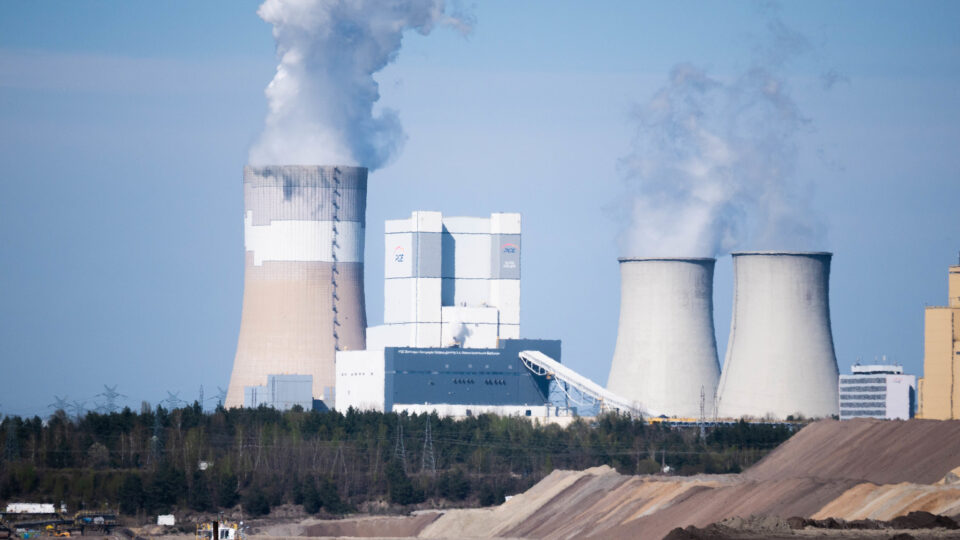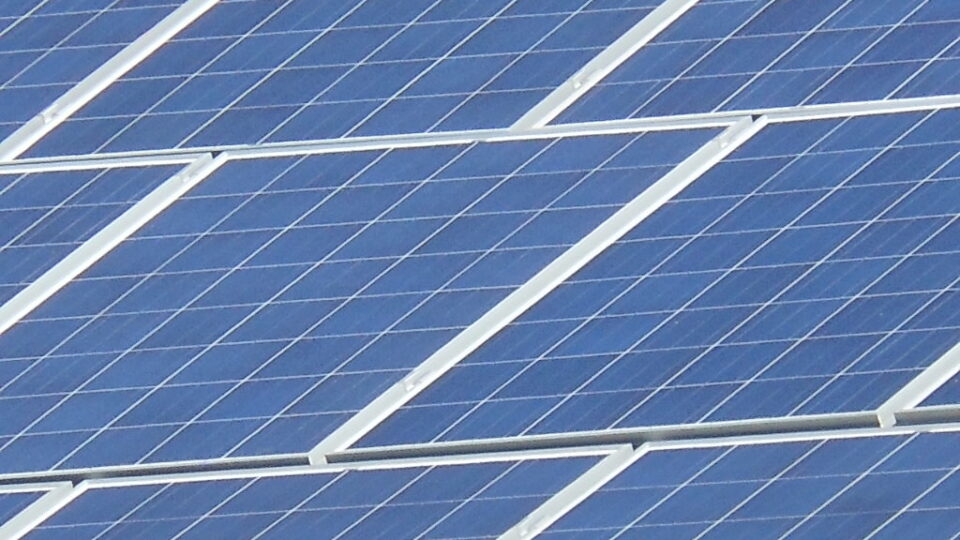A new study by researchers at Stockholm University has found that the warming during the summer months in Europe has been much faster than the global average. The findings, published in the Journal of Geophysical Research Atmospheres, are that the climate across the European continent has become drier, particularly in southern Europe, leading to worse heat waves and an increased risk of fires.
Warming over land areas occurs much faster than over oceans. The global average warming to date is 1.6 degrees Celsius over land and 0.9 degrees over oceans. This means that the global emissions budget to keep warming below 1.5 degrees has already been used up over land. The new study in fact shows that the emissions budget to avoid 2 degrees of warming has already been exceeded over large parts of Europe during the summer half-year (April to September).
This accelerated warming in Europe has led to more frequent heat waves. These, in turn, increase the risk of fires, such as the devastating fires in southern Europe this past summer.
Southern Europe has been experiencing a positive feedback situation in which the ongoing warming has been amplified because of drier soil and decreased evaporation. Added to that, there has been less cloud coverage over large parts of Europe, probably as a result of less water vapor in the air.
The study also looked at the impact of aerosol particles on temperatures in Europe. As the amount of relatively short-lived aerosol particles has decreased with the reduction of coal-fired power plants, the temporary cooling effects of those particles partially masking the underlying warming trend have diminished. In contrast, carbon dioxide emissions stay in the atmosphere for centuries.
**********
Web Links
Large parts of Europe are warming twice as fast as the planet on average
Photo, posted April 18, 2020, courtesy of Roman Ranniew via Flickr.
Earth Wise is a production of WAMC Northeast Public Radio





